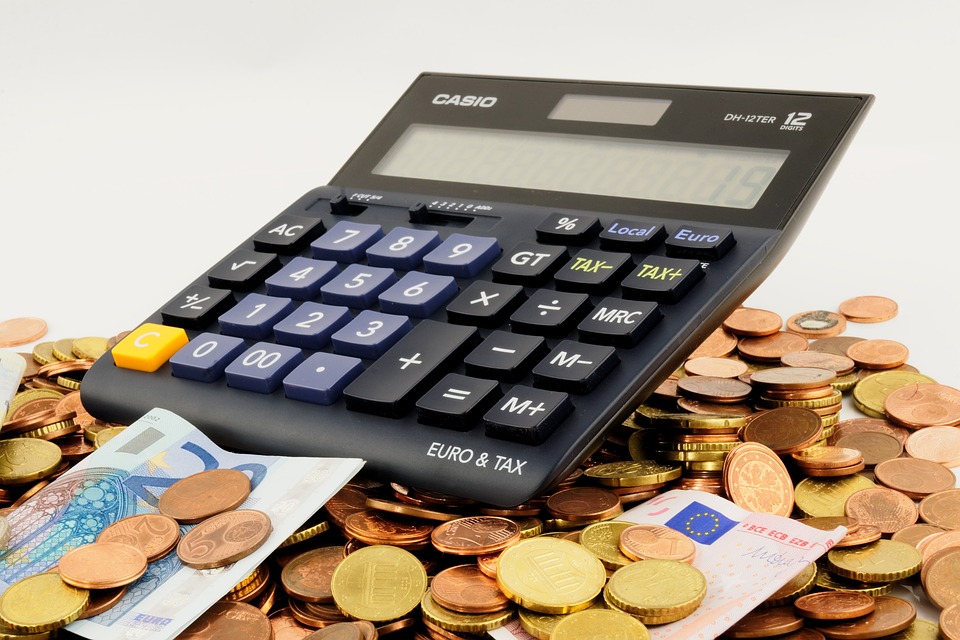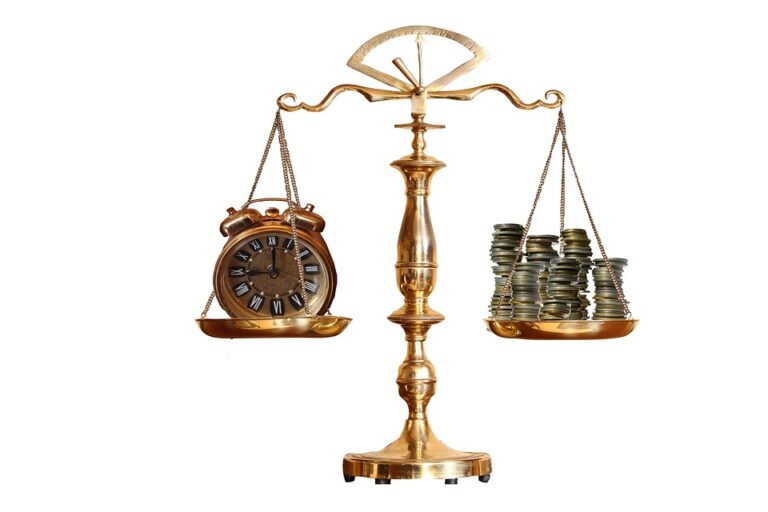Last updated Jul. 28, 2024 by Okechukwu Nkemdirim
<!DOCTYPE html>
<html>
<head>
<title>The 5 Most Common Types of Bankruptcy</title>
</head>
<body>
<h1>The 5 Most Common Types of Bankruptcy</h1>
<p>Bankruptcy is a legal process designed to help individuals and businesses eliminate all or part of their debt or, in some cases, help them repay a portion of what they owe. This article will cover the five most common types of bankruptcy in the United States: Chapter 7, Chapter 11, Chapter 12, Chapter 13, and Chapter 15.</p>
<h2>1. Chapter 7 Bankruptcy</h2>
<p>Often referred to as "liquidation" bankruptcy, Chapter 7 is designed for individuals and businesses that cannot repay their debts. In this process, a trustee is appointed to sell off non-exempt assets to repay creditors. The remaining eligible debts are then discharged, providing the filer with a fresh start. However, not all debts can be discharged; obligations like child support, alimony, and some student loans typically remain.</p>
<h2>2. Chapter 11 Bankruptcy</h2>
<p>Also known as "reorganization" bankruptcy, Chapter 11 is usually utilized by businesses. It allows the business to keep operating while restructuring their debts under the bankruptcy court's supervision. The goal is to create a plan to repay creditors over time while maintaining operations and assets.</p>
<h2>3. Chapter 12 Bankruptcy</h2>
<p>Chapter 12 is specifically for family farmers or fishermen. Much like Chapter 13, it enables financially distressed family farmers and fishermen to propose and carry out a plan to repay all or part of their debts over three to five years. It offers more flexible terms and higher debt limits compared to Chapter 13.</p>
<h2>4. Chapter 13 Bankruptcy</h2>
<p>Sometimes called a "wage earner's plan," Chapter 13 is designed for individuals with a regular income who can repay all or part of their debts through a repayment plan. In a Chapter 13 bankruptcy, debtors propose a plan to repay creditors over a period of three to five years. They get to keep their assets while making their payments and at the end of the process, remaining dischargeable debts are typically wiped out.</p>
<h2>5. Chapter 15 Bankruptcy</h2>
<p>Chapter 15 is designed for cross-border insolvency cases, where the debtor has assets and debts in multiple countries. It allows for cooperation between the U.S. courts and foreign courts to efficiently manage the debtor's assets and liabilities. This chapter aims to protect the interests of creditors and debtors in a globally interconnected financial world.</p>
<div class="short-answer">
<style>
.short-answer {
position: relative;
padding: 20px;
padding-top: 30px;
background: #DFF9ED ! important;
border-color: #b0edd2 ! important;
border: 2px solid ! important;
border-radius: 6px ! important;
margin: 22px -3px 23px 0px ! important;
}
.short-answer h3 {
margin-top: 0 ! important;
}
</style>
<h3> ✓ Short Answer</h3>
<p>Chapter 7, 11, 12, 13, and 15 bankruptcies offer various solutions for individuals and businesses facing financial hardships. From liquidation of assets under Chapter 7 to international debt management under Chapter 15, understanding these types can help navigate financial distress effectively.</p>
</div>
<h2>FAQs</h2>
<p><strong>Q: What is the primary benefit of filing for Chapter 7 bankruptcy?</strong><br>
A: The primary benefit is the discharge of most unsecured debts, giving the debtor a fresh financial start.</p>
<p><strong>Q: Who can file for Chapter 11 bankruptcy?</strong><br>
A: Chapter 11 is usually filed by businesses facing significant debt but individuals with substantial debt can also file for Chapter 11.</p>
<p><strong>Q: How is Chapter 12 different from Chapter 13?</strong><br>
A: Chapter 12 offers more flexible repayment plans and higher debt limits specifically tailored for family farmers and fishermen.</p>
<p><strong>Q: Can individuals file for Chapter 15 bankruptcy?</strong><br>
A: Chapter 15 is primarily designed for businesses but can apply to individuals with cross-border insolvency cases.</p>
<p><strong>Q: Does filing for bankruptcy stop all debt collections?</strong><br>
A: Yes, an automatic stay is typically issued once bankruptcy is filed, temporarily halting most collection actions by creditors.</p>
</body>
</html>





